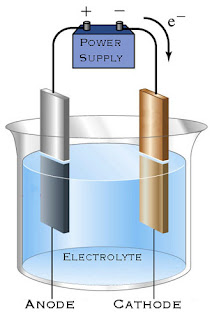The transport system in humans is called the circulatory system, which is made up of heart and blood vessels.
The functions of the blood circulatory system are to:
- supply oxygen to all body cells and eliminate carbon dioxide,
- transport waste products
Structure of the heart
Oxygen-rich blood (red color)
Oxygen-poor blood (blue color)
- AO = Aorta
- LA = Left atrium
- LV = Left ventricle
- PA = Pulmonary artery
- RA = Right atrium
- RV = Right ventricle
The heart is a muscular structure that contracts in a rhythmic pattern to pump blood. It si the size of your fist and has four chambers:
- right atrium
- right ventricle
- left atrium
- left ventricle
The space in the atrium is smaller than that in the ventricle. The wall of the ventricle is thicker and stronger than that of the atrium.
Valve TRICUSPID - Prevents blood in the right ventricle from flowing back to the right atrium.
Valve BICUSPID - Prevents blood leaving the heart from flowing back.













































